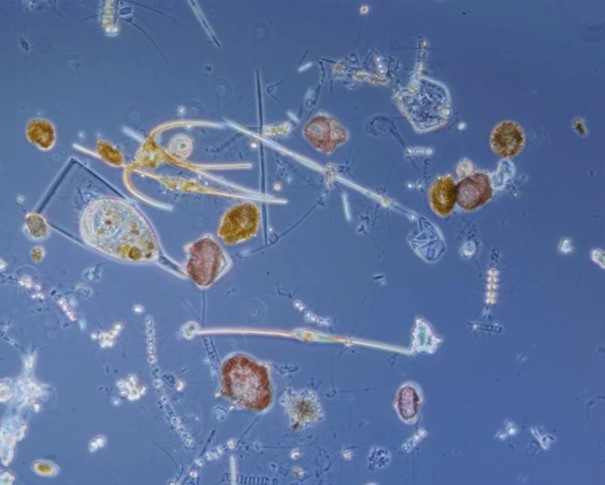A Webinar scheduled on May 23rd at 10:30 am to 12:30 PST (19:30 – 21:30 CET)
Phytoplankton are microscopic, photosynthetic organisms that make up the base of marine food webs. Certain conditions, like changes in temperature, wind, salinity and stratification, or influxes of nutrients, can result in phytoplankton blooms. While these blooms generally benefit the ecosystem, jumpstarting the marine ecosystem every spring, in other cases certain species of blooming phytoplankton can produce harmful toxins, Harmful Algal Blooms (HABs), that can have negative effects on humans, other mammals, fish, shellfish, or birds. One particular risk, of concern for many coastal communities, is the exposure to marine toxins from HABs through shellfish consumption, causing potentially life-threatening impacts. Monitoring and testing of phytoplankton communities and levels of toxins in seafood can improve awareness and mitigate potentially life-threatening risks. A variety of organizations across the Northeast Pacific are working to improve their understanding of HAB events, address limited data availability, and support biotoxin monitoring to enhance coastal food security.

